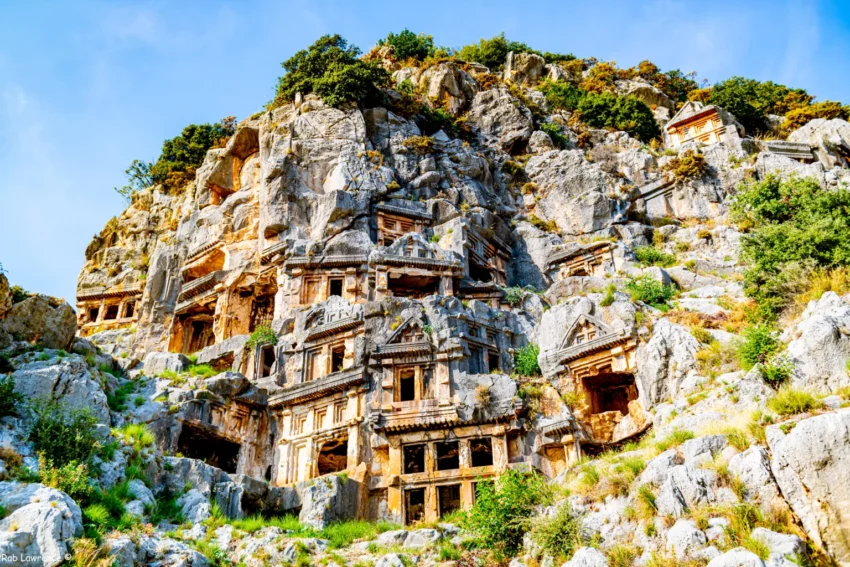Unveiling the Lycian Wonder: A Journey Through Ancient Myra
Located in the Lycia region of Anatolia, modern-day Turkey, lies the ancient city of Myra, a captivating historical gem with roots dating back to the 5th century BC. Famed for its impressive rock-cut tombs and grand amphitheater, Myra thrived as a prominent metropolis within the Lycian civilization. The city also holds religious significance as the seat of Saint Nicholas of Myra, the historical figure who inspired the legend of Santa Claus. Over centuries, Myra’s well-preserved ruins have captivated historians and archaeologists, offering a glimpse into the lives of its inhabitants and the Lycian world.
Get your dose of History via Email
A City Unearthed: Unveiling Myra’s History
Myra’s rediscovery unfolded gradually, with its imposing ruins hinting at a glorious past. The 19th century marked a turning point when British archaeologist Sir Charles Fellows brought the city to international attention. Myra’s origins trace back to the Lycians, an ancient civilization known for its distinct language and cultural practices. The city rose to prominence as one of the six leading cities of the Lycian League, an early form of democratic union.
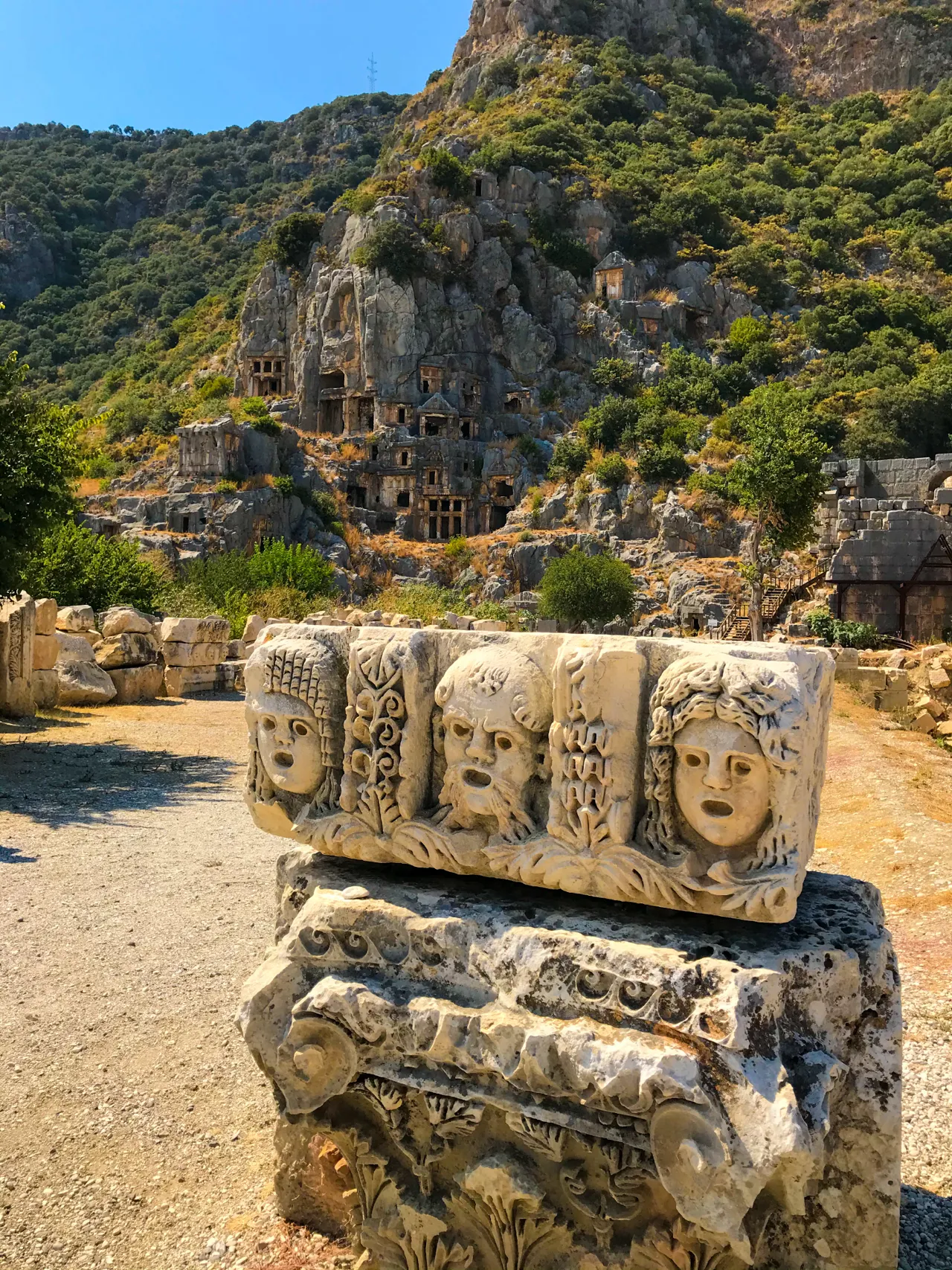
A City Through the Ages: Shifting Fortunes
Myra’s history is a tapestry woven by various rulers, from the Romans to the Byzantines. The city flourished during the Roman era, establishing itself as a vital center for trade and religion. Its significance continued into the Byzantine period, particularly as the bishopric of Saint Nicholas, a revered 4th-century figure known for his generosity.
The 7th century marked the beginning of Myra’s decline with the arrival of Arab invasions, further compounded by natural disasters. Despite these challenges, the city remained inhabited until the 11th century. Ultimately, earthquakes and the shifting course of the Myros River led to its abandonment. The city’s ruins remained relatively undisturbed until their rediscovery centuries later.
Throughout history, Myra played a pivotal role in regional politics and religion. It served as the backdrop for Saint Nicholas’s acts of kindness, which later evolved into the Santa Claus legend. The city also hosted important political gatherings within the Lycian League, showcasing its influence in ancient governance. Today, Myra’s ruins stand as a tangible link to its storied past, offering archaeologists a window into the lives of the Lycians.
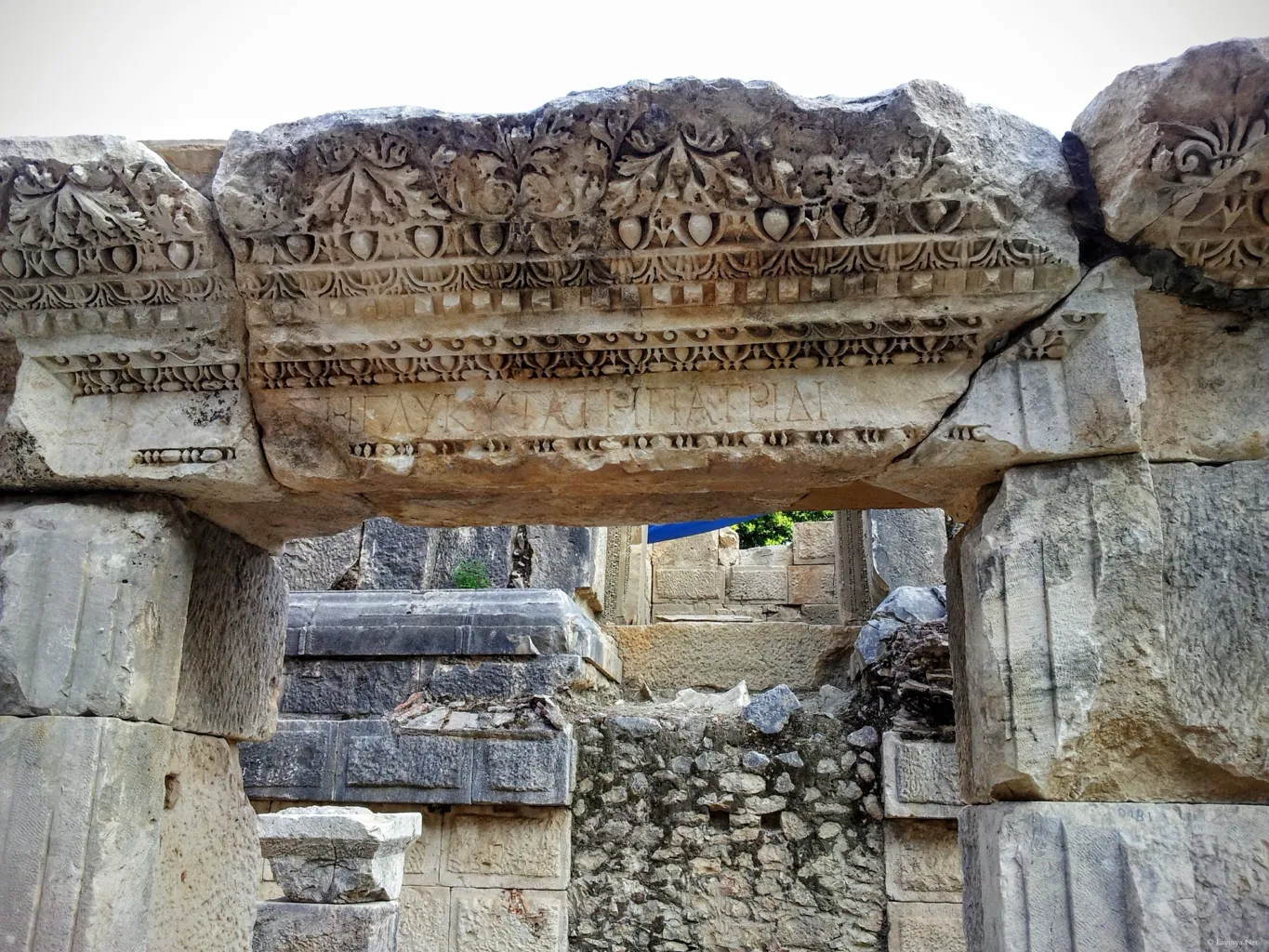
A Glimpse into Myra’s Grandeur: Exploring the Ruins
Myra’s ruins stand as a testament to its architectural prowess. The city’s most striking feature is undoubtedly the series of rock-cut tombs carved into the cliffs above the theater. These elaborate facades offer insights into Lycian beliefs about the afterlife and their funerary practices. The most prominent tomb, aptly named the “Lion’s Tomb,” features a majestic lion relief.
Another architectural marvel is the Myra theater, considered one of the best-preserved examples in Lycia. Built to accommodate thousands of spectators, it highlights the city’s cultural significance. The theater’s intricate stone carvings and inscriptions offer valuable clues about Lycian society and language.
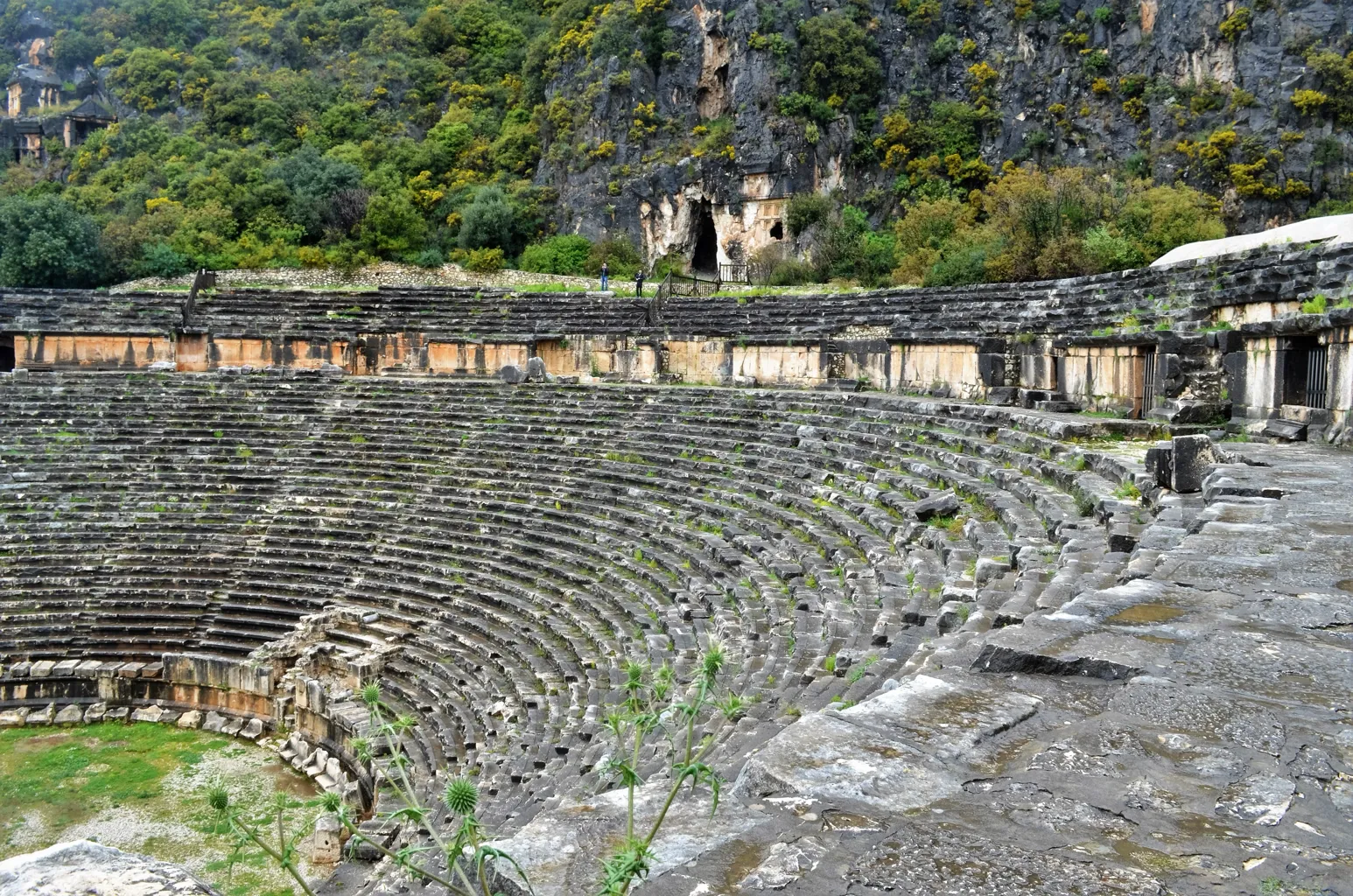
Roman influence is evident in the Granarium, a massive granary constructed during the reign of Emperor Hadrian. This structure, built with sturdy stone blocks, served as a vital storage facility, underpinning Myra’s economic strength.
A later addition to the city, the Church of Saint Nicholas holds significant religious importance. Built in the 6th century on the supposed tomb of the saint, the church’s frescoes and mosaics depict scenes from his life, adding to Myra’s rich religious heritage.
Though less visible today, the acropolis once served as the administrative heart of the city. Excavations have unearthed remnants of public buildings and residential areas, providing glimpses into the daily lives of Myra’s inhabitants.
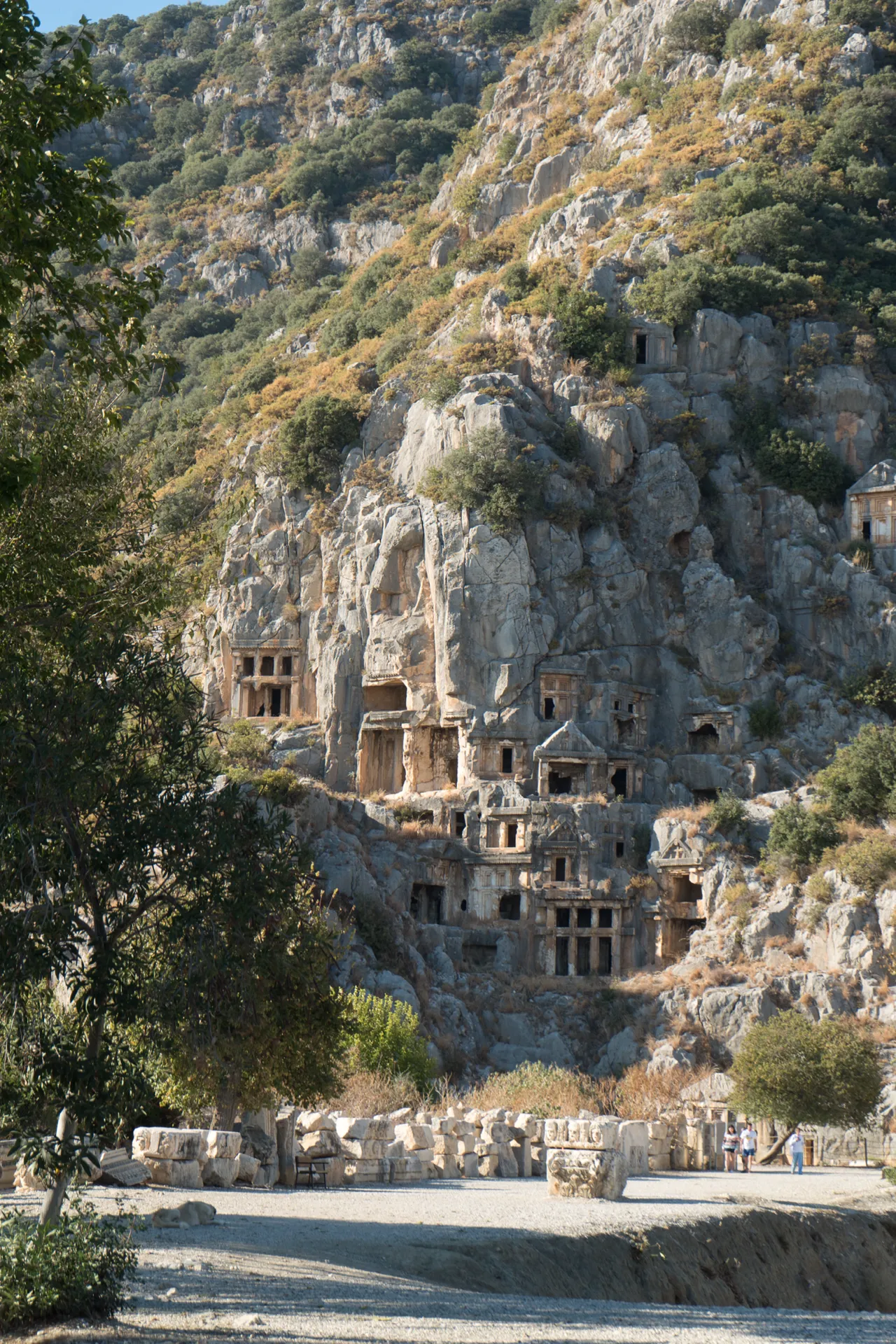
Unveiling the Mysteries: Theories and Interpretations
The purpose of Myra’s rock-cut tombs has sparked much debate. Some scholars believe they were a display of wealth and social status, while others suggest they held religious significance, serving as a passage to the afterlife for the elite.
The reasons behind Myra’s decline remain shrouded in some mystery. While invasions and natural disasters undoubtedly played a role, some theories suggest economic shifts or political instability may have contributed to its downfall. Historians continue to debate the exact causes.
Understanding Myra’s ruins involves piecing together the puzzle with historical records. Inscriptions found on the theater and tombs have been instrumental in deciphering the Lycian language and governance structure. These inscriptions also help date the structures, with some tombs dating back to the 4th century BC.
Archaeologists employ various dating methods like stratigraphy and radiocarbon dating to determine Myra’s timeline. These techniques, alongside historical texts, have helped establish the chronology of the city’s occupation and abandonment, providing a more comprehensive picture of Myra’s rise and fall.
In addition to dating methods, historical texts have been crucial in establishing the chronology of Myra’s occupation and abandonment. By cross-referencing these sources with archaeological evidence, a clearer picture of the city’s history emerges.
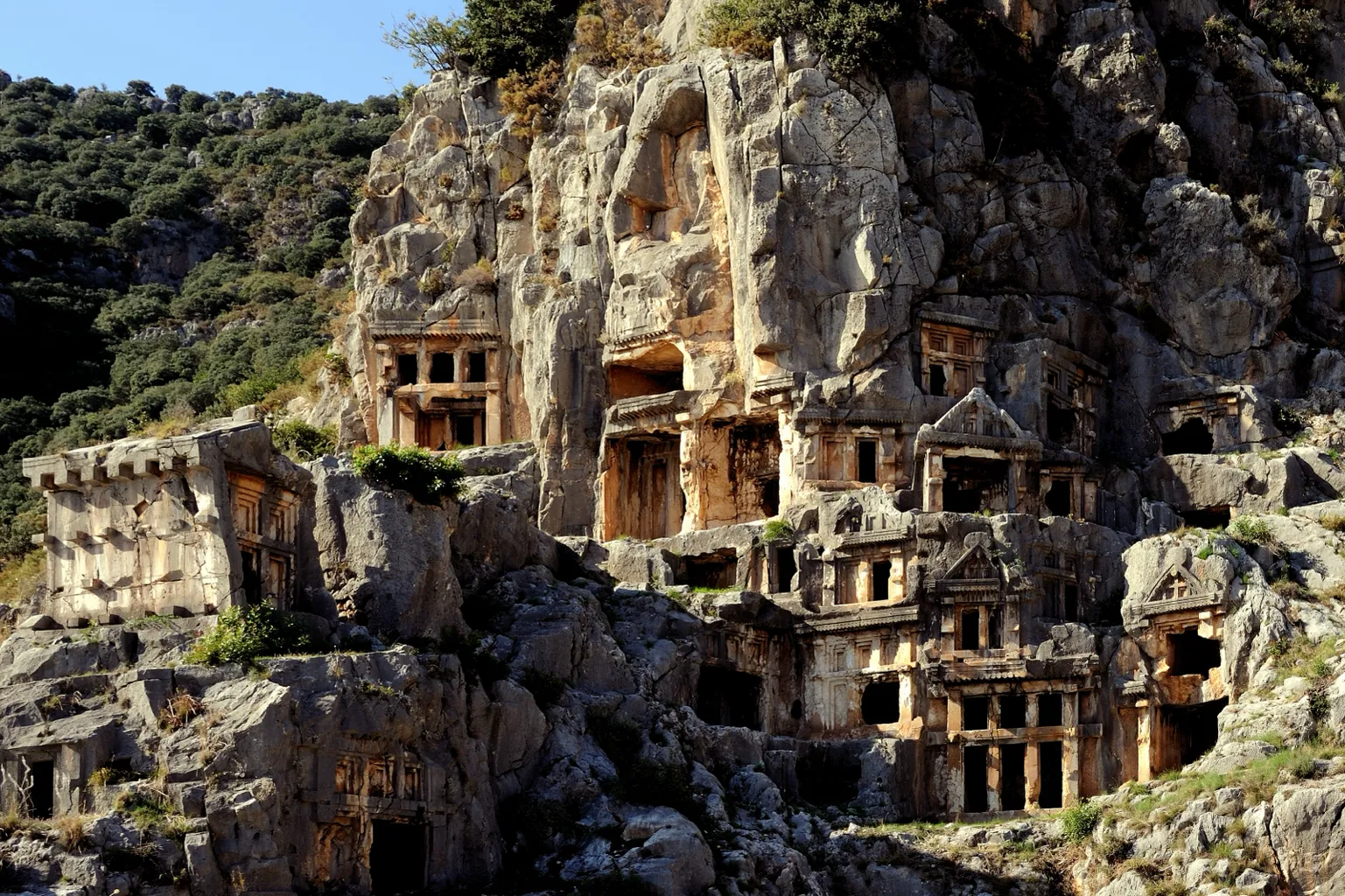
Saint Nicholas and the Blurring of Lines
Myra’s connection to Saint Nicholas has been a topic of fascination for centuries. Historical records confirm his existence as a 4th-century bishop revered for his generosity. However, the extent of his influence and the legends surrounding him are often intertwined with the city’s lore. Separating fact from fiction can be challenging.
Scholars believe that the stories and traditions associated with Saint Nicholas eventually evolved into the modern Santa Claus figure. His reputation for gift-giving and kindness resonated through the centuries, inspiring this beloved Christmas icon.
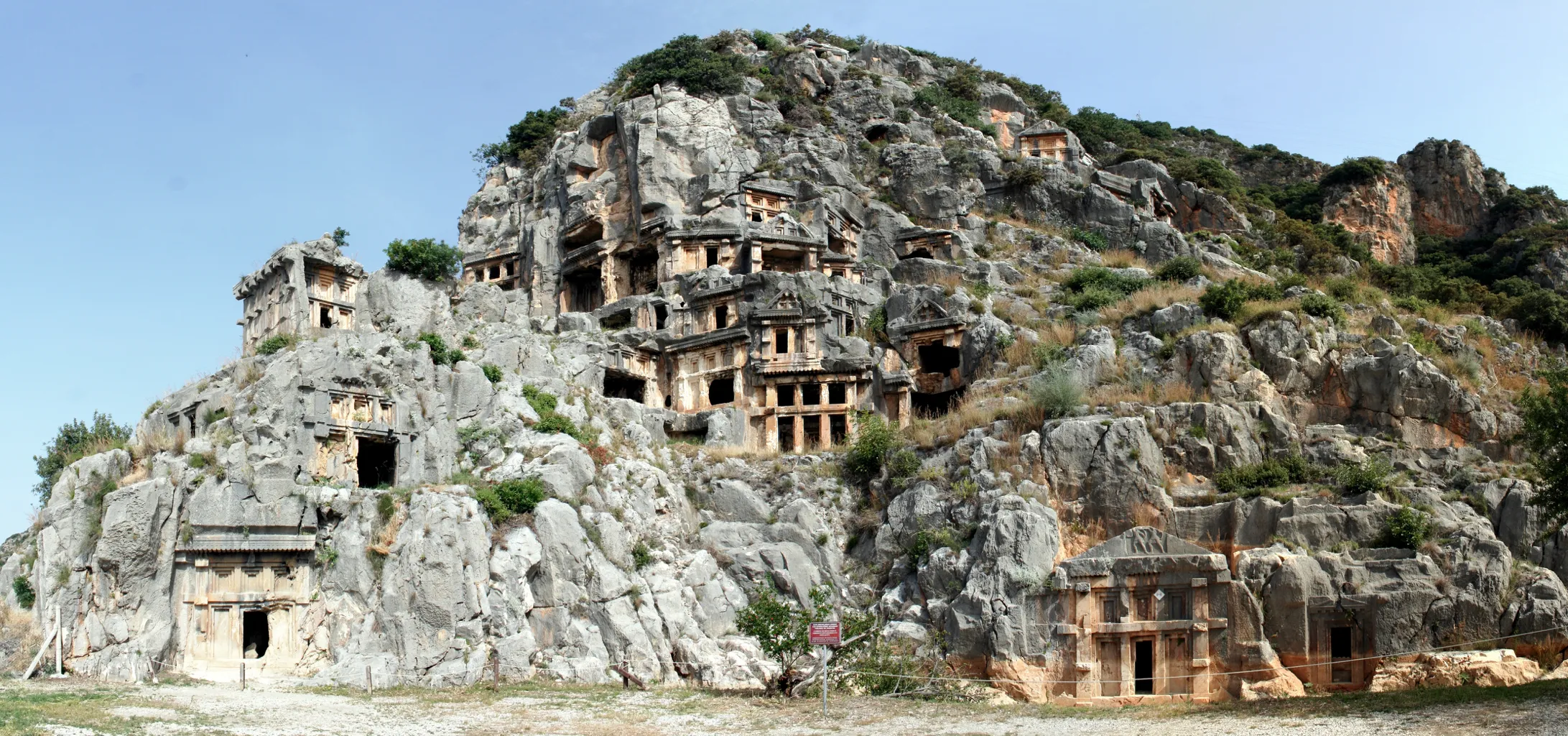
A Legacy Unveiled
Myra’s enduring legacy lies in its contribution to our understanding of the ancient world. The city offers a window into Lycian civilization, their artistry, and their beliefs. It also serves as a reminder of the enduring power of religious figures like Saint Nicholas, whose stories continue to inspire generations.
Myra Today
Today, Myra’s ruins are a popular tourist destination, attracting visitors eager to explore its rich history. Conservation efforts ensure the preservation of this remarkable site for future generations. As archaeological research continues to unravel Myra’s secrets, our understanding of this captivating ancient city deepens.
At a Glance
- Country: Turkey
- Civilization: Lycian
- Age: 5th century BC onwards
Sources:


